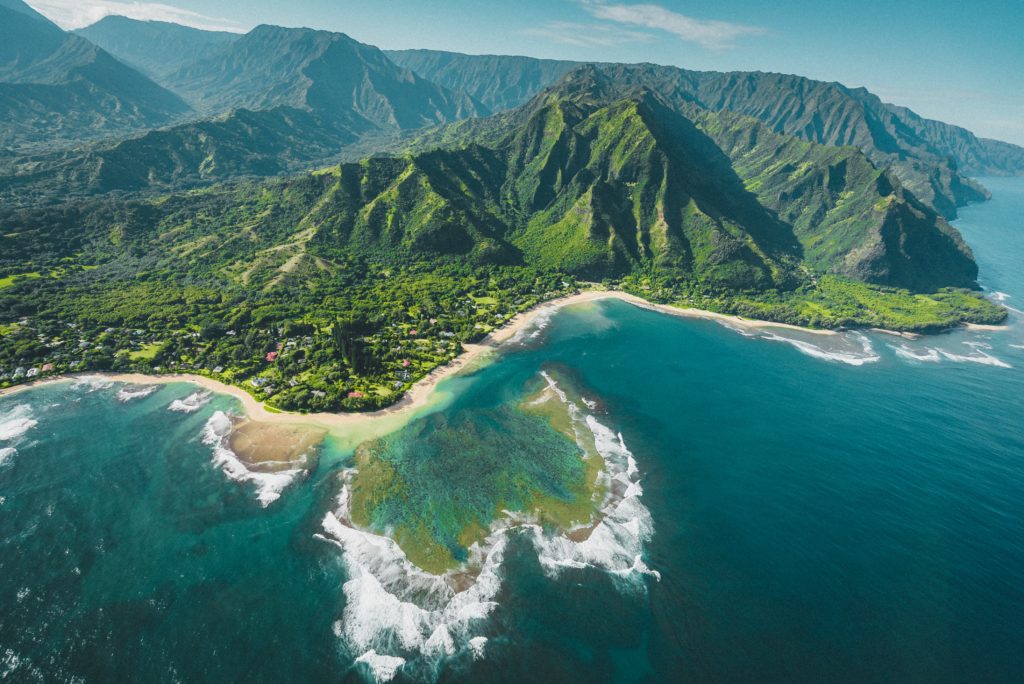
Hawaii recently received its last ever shipment of coal and promptly shut down the state’s last coal power plant marking the long-awaited end of an era. Hawaii is one of a handful of states–including Washington, Minnesota, and Maine–that have banned coal. In 2020, Senate Bill 2629 introduced a law preventing utilities from opening new power plants or renewing agreements with coal-powered plants after 2022. This is all part of Hawaii’s Governor’s plan to move Hawaii to renewable energy.
Governor Ige signed a bill back in 2015 that set the goal for Hawaii to use 100 percent renewable energy by 2045. With how remote the islands are, the state’s costs for electricity are three times higher than the national average as these fossil fuels must all be imported. This, alongside environmental concerns, has the governor very motivated to move the state away from fossil fuels. “Renewable energy projects to replace coal are coming online with more on the way,” shared the hopeful governor in a tweet. “Even as we face challenges in making this transition, it’s the right move for our communities and planet. Most importantly, it will leave Hawaiʻi a better place for our children and grandchildren.”
This week Hawai‘i is receiving its final shipment of coal. This is a huge step forward in Hawaiʻi’s transition to clean energy. In its time, coal was an important resource for Hawaii and I’d like to thank the workers who have run our last remaining coal plant. pic.twitter.com/ZiorDSda17
— Governor David Ige (@GovHawaii) July 28, 2022
Hawaii has plenty of opportunities to locally rely on solar energy by investing in solar panels to be placed on residential and commercial buildings. In fact, Honolulu, the capital, has been reported to have the highest solar capacity per person. The workers from the last remaining coal plant that was closed were even offered jobs within renewable energy projects, and with 35 percent of Hawaiian electricity relying on renewables today from 9 percent in the last decade, we can safely assume this market will continue to grow and support the community.
Unfortunately, not every state is making such momentous progress, even with President Biden’s goal for the country to have 100 percent clean energy by 2035. Coal is still the primary energy source for eight states: West Virginia, Wyoming, Missouri, Kentucky, Utah, North Dakota, Indiana, and Nebraska. Today, coal is responsible for approximately 20 percent of U.S. electricity. Coal has been a major contributor to U.S. carbon emissions, accounting for over 25 percent in 2017; the fossil fuel is also extremely harmful to our health with extractions and burning causing air and water pollution, which has been linked to lung and heart diseases. With the effect coal burning has on our environment and local air quality, we must fight to get this number down as quickly as possible. We have such a hard time cutting coal out because it is cheaper than petroleum; however, with such severe impacts, is it worth it?
Although the current administration has goals in place to get the U.S. to transition fully into renewables, we have also all seen in the recent decade how much plans can change from decade to decade. Hawaii is an incredible example of how much we can do at a local level. As a community, we are so much more likely to be heard by our local mayors and governors and truly create change. Reaching out to our representatives and letting them know that moving away from coal to create a healthier environment for our own health and the natural beauty of our state will be heard, which will then be recognized at a national level. Another way for us to make a difference as individuals is to call your electric company and ask about what options there are for renewable energy. Oftentimes they’ll offer an option for your energy to come from renewable sources, which in turn creates demand. We have more power than we think. It will be in our smaller communities where we will make the most change which will ripple across the country.
Get more like this—Sign up for our daily inspirational newsletter for exclusive content!
___
Photo K:arsten Winegeart on Unsplash




